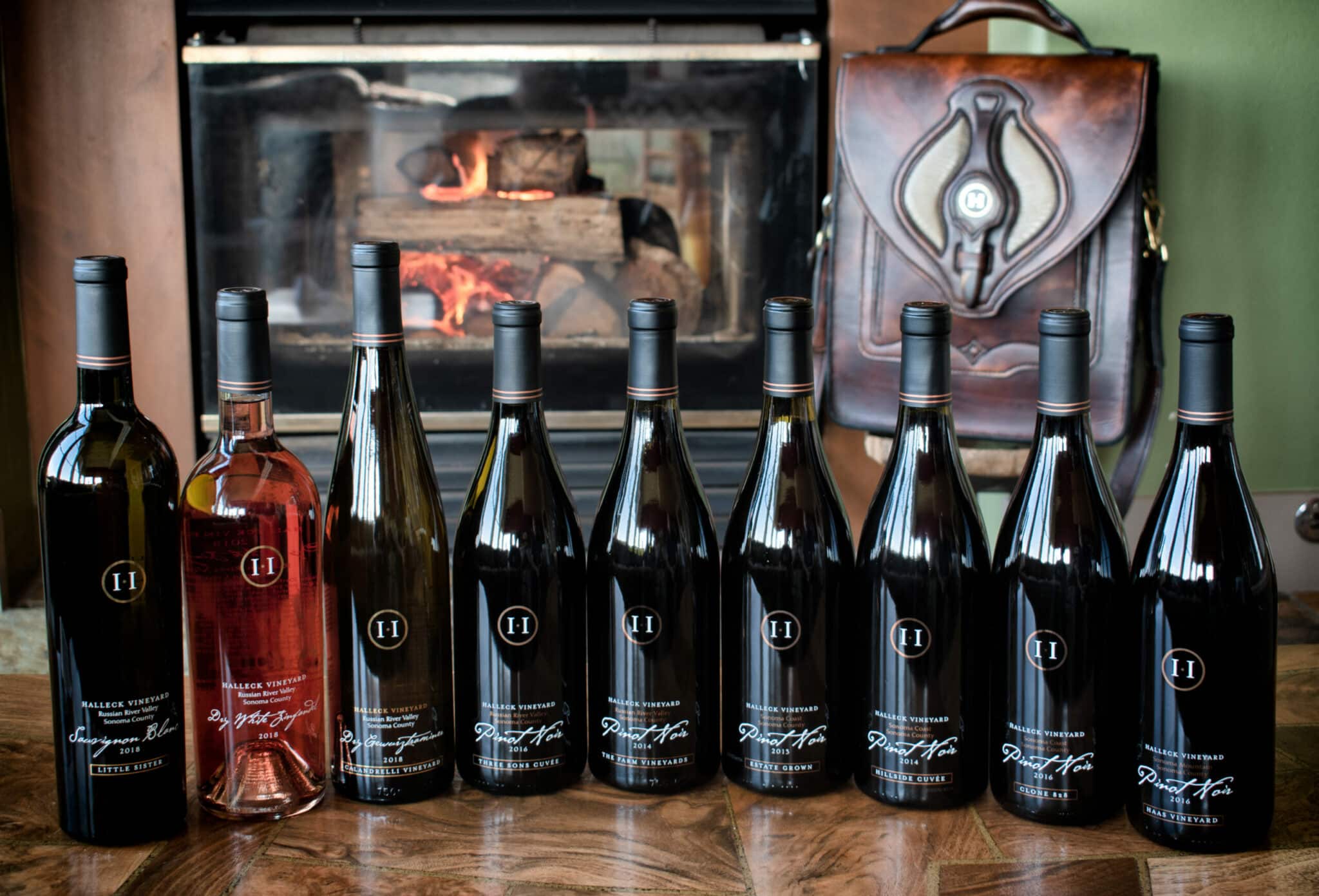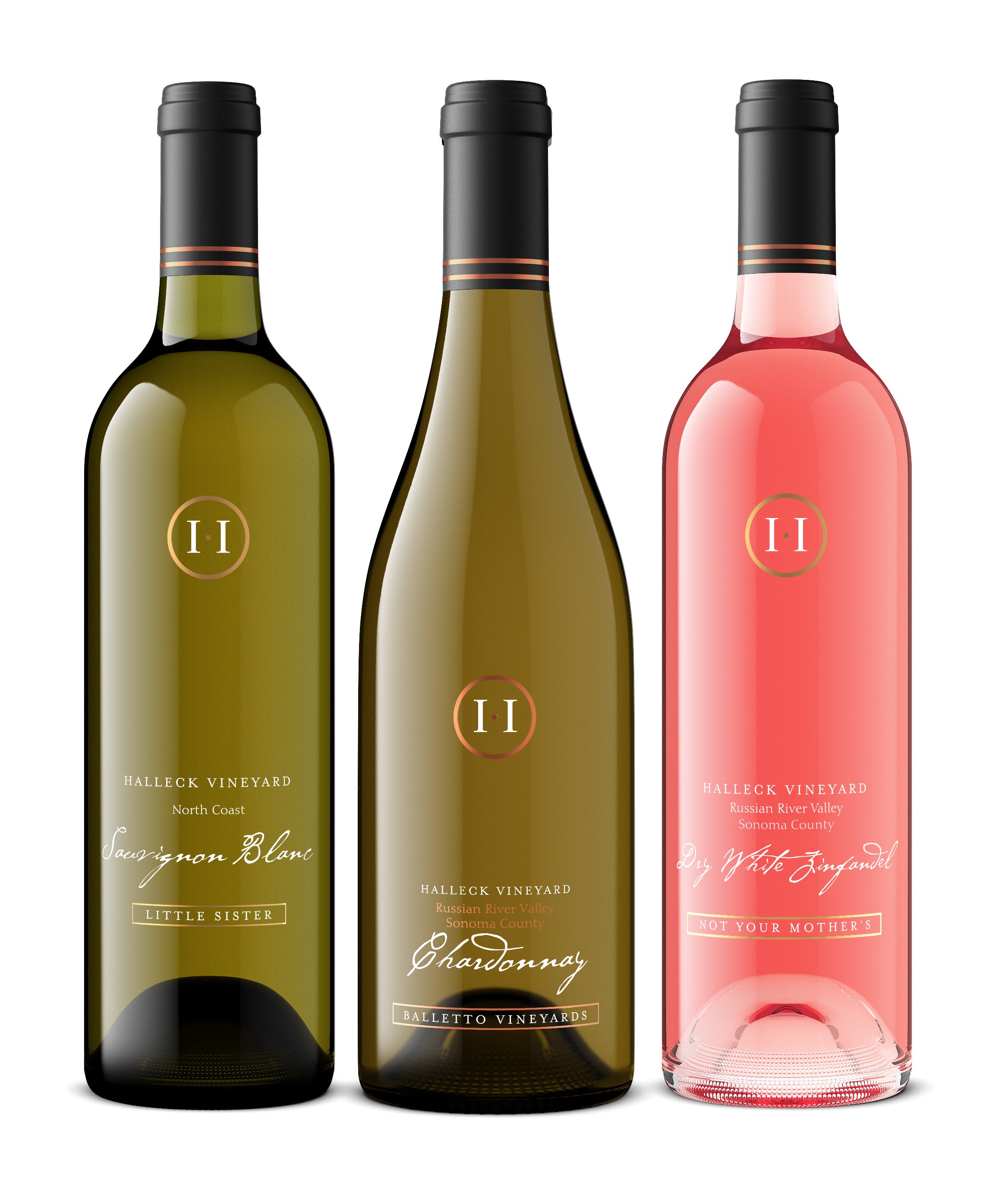Wineries Pairing Wine With Chocolate - Best Wine Tasting Spots In Sonoma County
Wineries Pairing Wine With Chocolate - Best Wine Tasting Spots In Sonoma County
Blog Article
Wineries With Artisan Chocolate Pairings In Sonoma - Sonoma Valley Vineyards And Wine Tasting
Wine tasting is an art that requires practice and an understanding of varied features involved in the process. One crucial factor of wine tasting is the development and interpretation of tasting notes, which serve as a guide for each novices and seasoned connoisseurs. A Guide To Understanding Winery Wine Tasting Notes can improve your wine-tasting experience, making it extra significant and gratifying.

Tasting notes are concise descriptions that seize the essence of a wine’s flavors, aromas, and overall character. Often composed by professional tasters, winery tasting notes provide insights into the nuances of various wines. They might help wine enthusiasts perceive what to expect from a specific bottle. Nonetheless, tasting notes can vary extensively in style and element primarily based on the writer's experience and palate.
Wineries Offering Charcuterie And Wine Pairings - Vineyard Visits And Wine Tasting In Sonoma
When you first strategy a glass of wine, your senses will start to interact right away. The sight, scent, and taste of the wine will converge to provide you an entire experience. Tasting notes typically begin with the visible assessment, the place the color of the wine is taken into account. Colour performs a big role in indicating the wine’s age, grape selection, and even its flavor profile.
After assessing the visible facet, the next step includes swirling the wine within the glass. This motion aerates the wine, permitting its aromas to awaken. Smelling the wine provides important insight into its complexity. The initial sniff can deliver a flood of scents that may include fruity, floral, herbal, or earthy notes. This is commonly probably the most subjective a part of tasting, as individual experiences can dramatically differ.
In winery tasting notes, descriptors are sometimes categorized into primary, secondary, and tertiary aromas. Primary aromas normally stem from the grape variety, secondary aromas derive from fermentation processes, and tertiary aromas come up from getting older. Understanding these classes might help you appreciate the depth of a wine, and so they also give you the vocabulary to precise your experience better.
Wineries Providing Guided Vineyard Walks - A Winery In The Sonoma Valley To Discover
Following the olfactory encounter, your focus will shift to the taste of the wine. This is where the first characteristics—sweetness, acidity, tannins, alcohol—come into play. Tasting notes usually element these flavors in a number of dimensions, together with the initial assault in your palate to the lingering finish on your tongue. A high-quality wine will current a harmonious stability between these elements.
While tasting, it's important to ponder the body of the wine, which could be described as light, medium, or full. The physique contributes considerably to your total impression, helping you contemplate how the wine pairs with food or whether or not it stands alone as a sipping wine. Balancing the physique with the other traits will give you a fuller understanding of what the wine has to offer.
The end of the wine, also known as the aftertaste, is one other important aspect typically included in tasting notes. A long, pleasant end often indicates the next quality wine, whereas a brief or cloying aftertaste may recommend otherwise. Evaluating the end can offer additional insight into the wine's complexity and distinction.
Understanding the context of winery tasting notes can be valuable. Tasting notes can present contextual information about the vineyard's location, climate, and grape-growing practices. This context adds another layer of appreciation for the wine, allowing enthusiasts to attach the sensory experience with its origins, thus enhancing the enjoyment further.
Wineries Promoting Wine Club Memberships - Unforgettable Wine Tastings In Sonoma
Many wineries present tasting notes on their web sites or labels, typically written in an approachable but informative style. However, not all winery tasting notes are created equal. Some could also be overly technical, while others may prioritize advertising flair over insightful evaluation. Studying to navigate these notes can arm you with the information to make informed choices when deciding on wines.
Collaborating in tastings at wineries can also deepen your understanding of wine tasting notes. Interacting with educated employees may give you a more hands-on method to exploring totally different wines and the language used to describe them. Charming Wineries With Views In Sonoma Valley. You May have the chance to ask questions, interact Read Full Report in discussions, and potentially refine your palate in real time.
Experimentation is crucial for mastering wine tasting notes. As you sample different wines, attempt making your own notes. Focus on describing the wine’s shade, aroma, style, and finish. Over time, you’ll develop a private vocabulary that resonates together with your sensory experiences. Each note you create will assist refine your palate, permitting you to appreciate wines at a deeper stage.
Wineries Renowned For Cabernet Sauvignon In Sonoma - Top Sonoma Wineries To Visit
In conclusion, a Guide To Understanding Winery Wine Tasting Notes presents a complete framework for diving into the world of wines. It equips you with the methods and language essential to articulate your experiences. Whether Or Not you are a casual drinker or a dedicated aficionado, understanding and utilizing tasting notes can profoundly impact your wine journey. This knowledge not only enhances your enjoyment but also connects you deeply with the rich narratives each bottle tells. By embracing this journey, you become part of the attractive mosaic of wine culture, where each sip unveils a new story waiting to be discovered.
- Wine tasting notes usually encompass a variety of sensory descriptions, together with aroma, flavor, acidity, body, and finish, permitting tasters to completely recognize the wine's characteristics.
- To enhance your understanding, familiarize yourself with common wine terminology corresponding to "tannins," "oakiness," or "terroir," which can help decipher the notes extra successfully.
- A systematic approach to tasting includes first visually assessing the wine's colour and readability, adopted by swirling to launch aromas, then inhaling and describing what you experience.
- Taking notes throughout tasting might help determine patterns over time, improving your palate and making it simpler to recall preferences for future choices.
- Do Not overlook the influence of food pairings; tasting notes can differ greatly when a wine is enjoyed with complementary flavors, altering perception and pleasure.
- Pay consideration to the wine’s vintage, as weather conditions in a given 12 months can considerably have an effect on the ultimate product, including another layer to the tasting notes.
- Consider the winemaker's style and philosophy, which might form the wine's profile and impact how its notes evolve with every sip.
- Training with totally different grape varieties can broaden your vocabulary; each kind brings unique traits that may enhance your capacity to articulate tasting notes effectively.
- Engaging with wine professionals or attending tasting events can present valuable insights, providing a richer context for understanding personal tasting notes.
- Keep In Mind that tasting is subjective; particular person preferences and experiences will form one’s interpretation of the same wine, enriching the general enjoyment of wine exploration.
What are wine tasting notes?
Wine tasting notes are descriptive comments made by tasters concerning the look, aroma, taste, and end of a wine. They present an summary of the wine's traits and can help shoppers perceive the style and quality of the wine.
Wineries Renowned For Cabernet Sauvignon In Sonoma - Sonoma Vineyards To Explore
Why are tasting notes important when deciding on wine?
Tasting notes can guide you in selecting a wine that suits your palate. They present insights into flavors and aromas, helping you to match wines with food or occasions. Understanding these notes enhances your overall wine experience.
How ought to I read wine tasting notes?
(Wineries Hosting Seasonal Events)
Wineries Producing Pinot Noir And Chardonnay - Sonoma Wineries With Vineyard Views
When studying wine tasting notes, take note of the structure: search for descriptions of shade, aroma, flavor, and finish. This will site web allow you to grasp the wine's profile and determine if it aligns together with your preferences.
What phrases commonly appear in wine tasting notes?
Frequent terms embrace "tannin" (the structure), "acidity" (the crispness), "physique" (the weight), and various flavor descriptors like "fruity," "earthy," or "spicy." Familiarizing yourself with these phrases can deepen your understanding of wine.
Wineries With Live Music Events Occasionally - Tasting Rooms In Sebastopol

Am I Able To create my very own tasting notes?
Yes! Writing your personal tasting notes can improve your wine tasting experience. Focus on your observations of taste, aroma, and other sensory traits. This personal practice may help you refine your palate over time.
How do I identify the aromas in wine tasting notes?
Wineries With Picnic Areas - Wine Tasting And Vineyards In Sonoma
To establish aromas, practice smelling a variety of scents and associating them with wines. Swirl the wine in your glass to release its aromas, then take a moment to breathe in deeply before identifying any outstanding scents.

What is the distinction between professional and private wine tasting notes?
Professional tasting notes may use extra technical language and particular terminology, while personal tasting notes are subjective and mirror particular person experiences. Each are valuable for understanding and having fun with wine, however personal notes may resonate more together with your distinctive tastes.
How can tasting notes improve my wine appreciation?
Elegant Wine Tasting Locations In Sonoma - Exploring The Vineyards Of Sonoma
Tasting notes can improve your appreciation by serving to you to grasp and articulate the complexities of wine. They encourage conscious tasting and supply a framework for comparing completely different wines, resulting in a richer enjoyment of the beverage.
Are there any apps or tools to help with wine tasting notes?
Yes, there are several apps designed to assist customers report and arrange their tasting notes. These tools often offer options like flavor wheel guides and wine database searches, making it simpler to trace your journey via totally different wines. Report this page